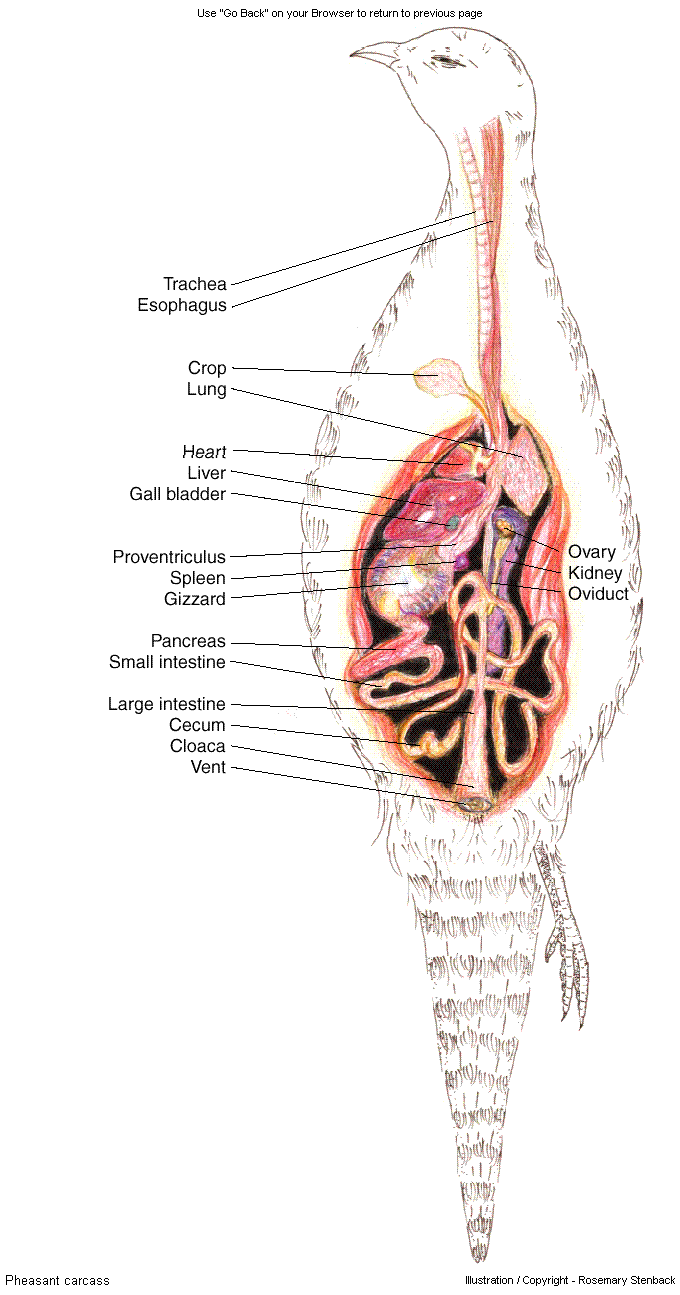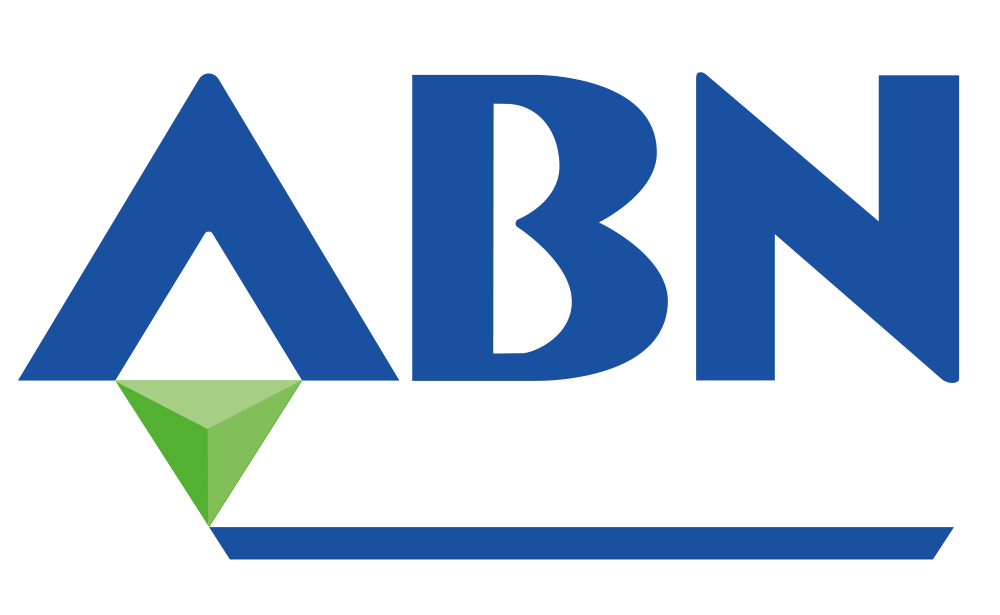There is a host of reasons why game birds wander, including the search for grit. Dr Laura Faller, poultry and game nutritionist for Sportsman Game Feed, Jon Cima of St David’s Poultry Vets and George Davis chairman of the Game Farmers’ Association, explore why game birds require grit and the benefits it can bring to both the bird and the keeper.
“To get the best outcome at the rearing stage, and on shoots it is vital to work with the bird’s normal anatomy and physiology,” explains Mr Cima.
“It is important not to forget the internal workings of the birds in our care, and only focus on the parts we can see.”
The gizzard (labelled in Figure 1., right) is like a mortar and pestle - both the grit and muscular wall are required to create an effective grinding surface to maximise the nutritional value from the diet; the system does not function properly without either component.
“Providing grit is essential for bird growth and development and not only provides the mechanical function, but also provides enrichment and fulfils the bird’s innate behaviour to source it,” Mr Cima adds.

The addition of insoluble grit means that the hard outer casings of products such as cereal grains and plant stems can be broken down.
“It has been suggested that for every 100g of feed fed, 1g of grit is required by the gizzard, says Dr Faller.
“Providing some chick grit whilst the birds are still in huts is beneficial in helping to build up the muscular structure of the gizzard to facilitate efficient grinding action on feed material.”
As soon as chicks have access to runs, the need for grit becomes more important, as they will start to ingest plant materials which require the mechanical action to break them down to avoid compaction (the blocking of the digestive system).
“There may even be a case for grit in younger chicks if they are bedded on shavings, straw or possibly even cardboard,” Dr Faller advises.
Once birds are released, they are exposed to an even wider range of materials in the environment which they may consume alongside their pellets, such as fat hen, dock stems, nettles and grass to name but a few.
“Without sufficient coarse grit in the gizzard to enable some of these fibrous materials to be processed, not only could this result in poor feed conversion but it could potentially lead to compaction,” she warns.
“As the poults are switched onto wheat, they rely on the gizzard to process it, so that they can break through the outer casing and extract more of the feed value from the whole grain.”
“It is at this stage, if there is not sufficient grit available, that the birds will go looking further afield to replenish the larger grit particles,” Dr Faller adds.
“Not only will this potentially lead to birds wandering away from where they are supposed to be, but it could also account for why so many poults are killed on our roads, as these offer a plentiful supply of this larger grit that they require.”
George Davis, game farmer and chairman of the Game Farmers’ Association suggests that, with the continued rise of costs, game farmers and keepers should take into consideration the aggregation of marginal gains: “When you consider how much investment goes into the raising and keeping of poults it is tragic that we only achieve 30-35 % average returns nationally.”
“Grit is a great example of the little things that can get overlooked, but it may be more responsible for the desire to wander than you think! Grit stations could quite possibly deliver a 1% return for some shoots, and for minimal effort.”
The benefits of grit
There are two types of grit:
- Insoluble grits, whose primary use is to facilitate the grinding action in the gizzard
- Soluble grits, such as oyster shell are a readily available source of calcium
Calcium is required for the formation of strong eggs shells. If there is insufficient calcium in a laying bird’s diet, the hen will mobilise calcium from her bones which will lead to skeletal issues. Calcium is also required by the nervous system and the digestive system, as well as muscle function and reproduction.
Weak, thin-shelled eggs or just a membrane (shell-less) are strong indicators that the hen is lacking an adequate source of calcium. Low egg production, irregular laying patterns, hens eating their own eggs, poor weight gain and issues with bone growth, such as deformities and weakened skeletons, feather loss and subsequent reproductive problems are all possible indicators that there is an insufficient source of calcium for the birds.
“Grit can be offered in several different ways, including feed trays, grit stations or just on the floor. The chosen method may be influenced by individual biosecurity measures and the need to restrict the access to wild birds,” concludes Dr Faller.
